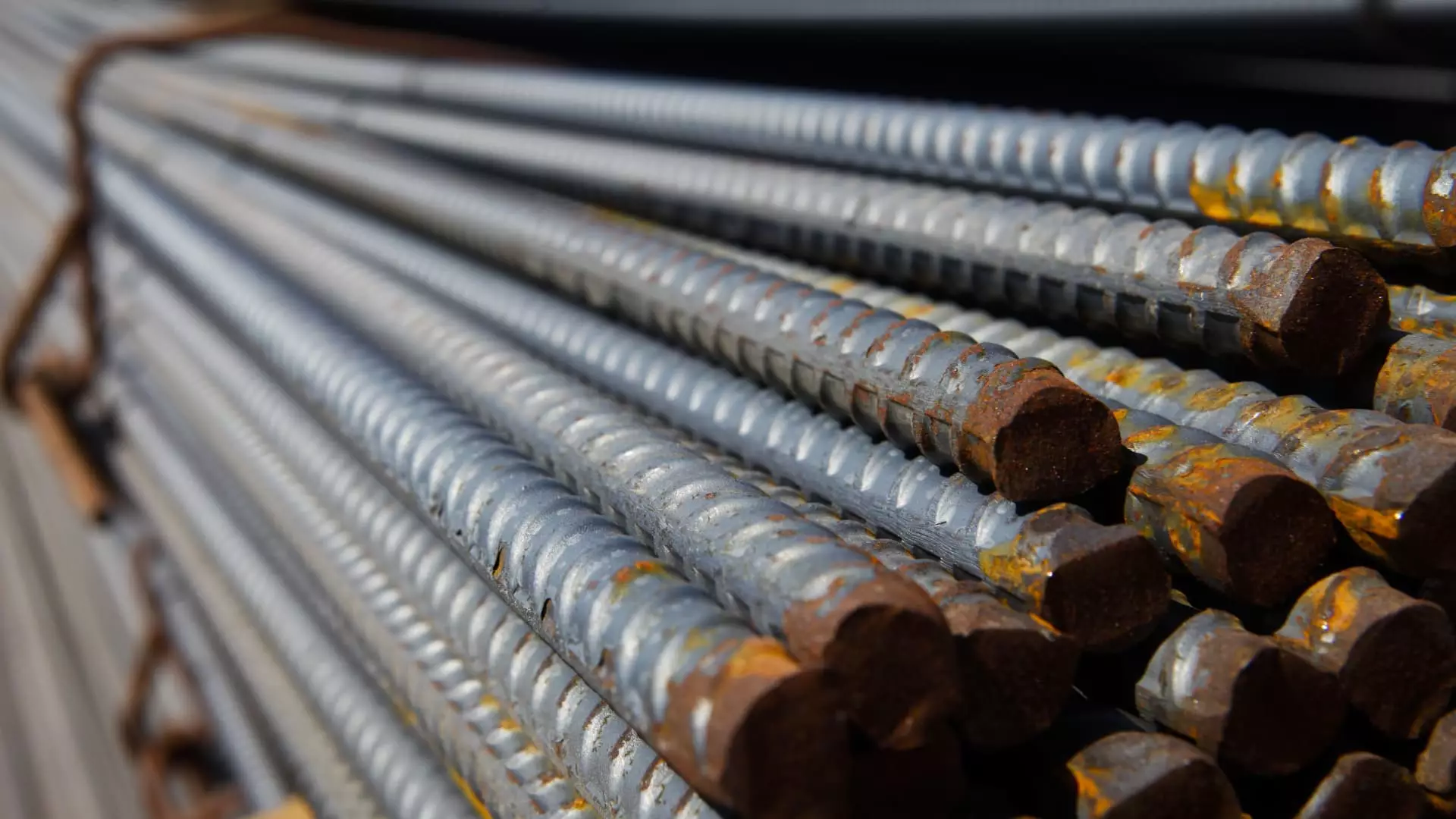The recent imposition of tariffs by President Donald Trump has stirred both excitement and trepidation in the U.S. steel industry. As steelmakers anticipate benefits from new protectionist measures, analysts caution that the long-term effects might not be as favorable as they seem. This article explores the complexities of the tariff situation, its implications for U.S. steelmakers, and the broader economic context.
On a pivotal Saturday, President Trump enacted 25% tariffs on steel imports from Canada and Mexico, alongside a 10% levy on steel coming from China. In a rapid turn of events, the Biden administration reached an agreement to temporarily suspend tariffs on Mexico for one month, with a trade-off involving Mexican troops at the northern border. This decision seemed to alleviate initial stock market woes; however, it raised questions on the sustainability of such a strategy. Stock trading, particularly among steel companies, displayed volatility, with Nucor witnessing a 2% rise and U.S. Steel inching up by 1%. Despite these positive signals, the overall outlook remained mixed.
The imposition of tariffs is viewed by many in the steel sector as a crucial step to combat rival nations that engage in practices like “dumping” steel at artificially low prices. Dumping occurs when foreign entities sell products in the U.S. market below their domestic prices or even their production costs, a practice that has undermined the viability of U.S. manufacturers. Nucor CEO Leon Topalian expressed these sentiments vividly, highlighting long-standing challenges presented by unfair competition, subsidization, and currency manipulation. This sentiment resonates with many U.S. manufacturers who have been pressured by foreign competitors for years.
Canada and Mexico stand as the largest steel exporters to the U.S., pointing to the critical nature of these tariffs in shaping the competitive landscape. Analysts assert that the levies will likely increase U.S. steel prices, enabling domestic producers to improve their profit margins. A note from Morgan Stanley anticipates a gradual recovery in pricing power for U.S. steel manufacturers, crediting protective trade measures for this potential turnaround.
Challenges Ahead
While many industrial players anticipate a bounce in pricing, the reality may be less sunny. Limited demand paired with escalated production capacities could temper the beneficial effects of tariffs over time. Analyst predictions suggest only modest growth of approximately 1.6% in steel demand. This projection underlines the critical need for ownership and operational restructuring within steel companies to ensure they can withstand fluctuations.
Moreover, the recent downgrade of U.S. Steel by Morgan Stanley signifies a cautionary stance among investors. As the company faces challenges in finding a pathway that yields meaningful gains, it struggles to justify its market position amidst potential acquisitions and evolving industry dynamics. The prospect of being acquired by Japan’s Nippon Steel was curtailed by the Biden administration in earlier dealings, which adds further uncertainty to the U.S. Steel story.
Concerns extend beyond mere tariff impacts as economists warn of possible reductions in automobile production, which accounts for roughly 25% of U.S. steel demand. As analyst Lawson Winder pointed out, the steel market could face challenging times ahead if the automotive sector experiences a downturn. Even with initial price rises due to tariffs, unforeseen contraction in core industries could offset benefits.
The reality of post-tariff normalization brings more questions into focus about whether these measures will genuinely benefit U.S. steelmakers in the long run or whether they act as a temporary band-aid on deeper structural issues facing the industry.
While tariffs may provide immediate relief to certain segments of the steel market, the long-term outlook remains clouded with uncertainty. Steelmakers must navigate this perfect storm of tariffs, potential geopolitical shifts, and fluctuating demand to secure their place in the U.S. manufacturing landscape. As the dust settles, it becomes crucial to closely monitor market dynamics and adjust strategies accordingly, ensuring that the steel industry can emerge resilient in a complex global economy.

Leave a Reply